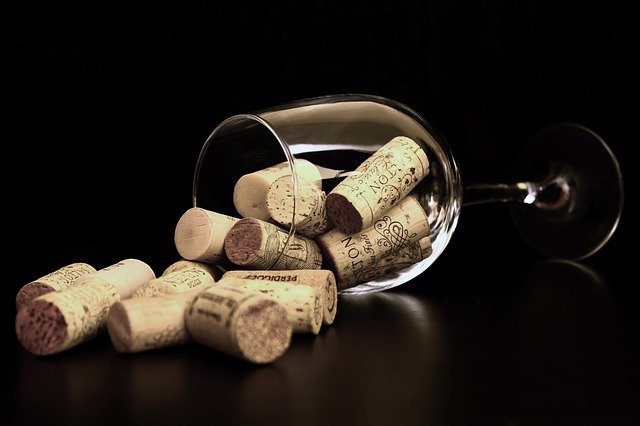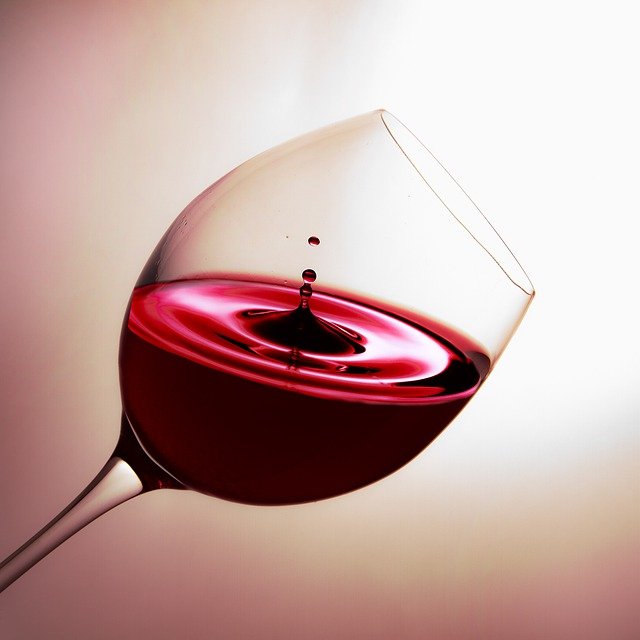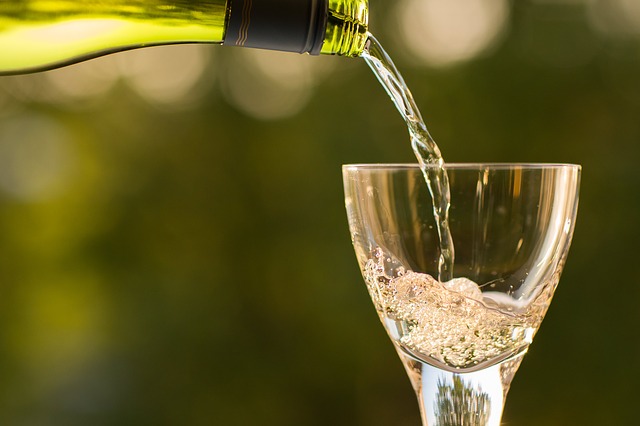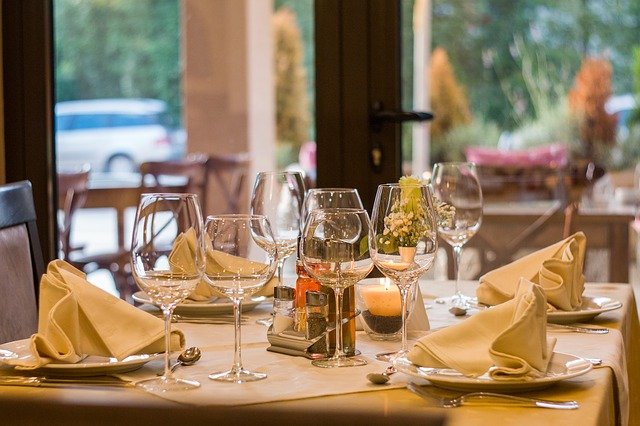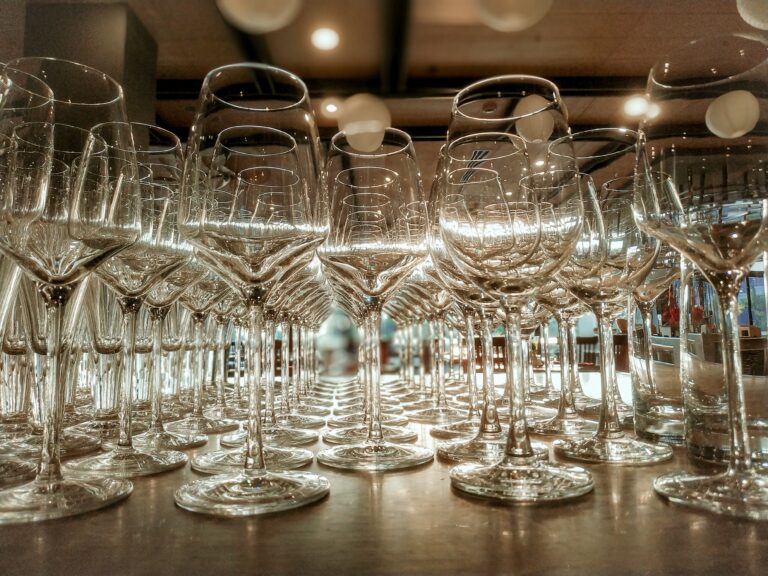Cabernet Sauvignon, which translates to new shoots in French, is a type of red wine from the Bordeaux region of France that has become known as one of the finest wines in the world.
In addition to being an incredibly popular drink, it’s also incredibly important to winemakers everywhere, and thus has been the subject of intense study by scientists and academics alike.
Here’s what you need to know about this up-and-coming wine. Let’s talk about breif Guide For Cabernet Sauvignon.
What Is Cabernet Sauvignon?
Cabernet Sauvignon is a red wine grape variety. It’s often used in Bordeaux blends, but it’s also a perfect match for California or Italian vineyards. It makes wines that are incredibly age-worthy and structured.
Many experts consider Napa Valley Cabs some of their favorites on earth! We hope you enjoy these savory varieties as much as we do. Remember to drink responsibly!
What Does Cabernet Sauvignon Taste Like?
It’s difficult to describe what cabernet sauvignon tastes like because it varies from year to year, region to region and even vineyard to vineyard. It’s not an easy grape to grow and harvest; its grapes are prone to sunburn, which gives them a thinner skin than some other grapes.
And since it takes longer for cabernet sauvignon’s seeds to fully ripen, they tend to hang on their vines longer as well.
All of these factors affect how your wine will taste. It could have a very heavy flavor with notes of black pepper or cloves, it could be lighter with notes of berries or it could be in between. There’s no way of knowing until you drink it!
Also, Read this The Complete Champagne Guide
The Differences Between Merlot And Cabernet
These two grapes are frequently confused with one another. Merlot is often called a softer, less tannic version of Cabernet, while Cabernet is viewed as a well-balanced wine that complements various foods.
In reality, both of these varietals are quite distinct from one another and require different growing conditions to thrive. While it is true that Merlot and Cabernet are closely related, each grape brings something unique to your wine glass.
At Terreno Wines, we strongly believe in educating our customers about all things wines so they can better appreciate our incredible product line. We hope you enjoy reading!

What should I look for in a Cabernet Sauvignon?
You should look for a wine that’s bright, fruity and with fruit aromas that are of black currant and blueberry.
The wine should be low in tannins and have an oaky finish. The alcohol content of wine varies, but most wines fall between 13-14% Alcohol By Volume (ABV). Red wine tends to be more acidic than white wine.
In general, red wines are more full-bodied than whites since they have a higher percentage of tannins present in them.
However, it is possible to find low-tannin wines as well. As far as serving suggestions go, red wines tend to pair better with heavier dishes while lighter dishes go better with white wines.
Is Cabernet Sauvignon good for beginners?
I will be writing a full guide on whether or not it is good for beginners but to answer your question, in short no. Cabernet Sauvignon is great for people who have tried other wines but never cab so if you are still new to wine then I wouldn’t recommend trying it first.
However, there are a few reasons that make Cab much more fun for experienced drinkers than other varietals such as Chardonnay and Pinot Noir: The taste is much more strong and powerful and so you can really pick out each flavor within it rather than tasting one wine throughout.
The strength of taste also makes it last a lot longer than most other wines making it perfect for getting drunk, alone or with friends.
Can you age Cabernet Sauvignon?
While most of these wines are meant to be enjoyed shortly after release, some can be aged. Two big things make wines good candidates for aging: acidity and tannin.
Because Cabernet is a high-acid wine, it holds up well over time; unlike some other varietals that fall apart when exposed to oxygen, like Pinot Noir.
Additionally, its intense tannins—which make it taste so dry—help give it structure in your cellar. Over decades, you might see notes of tobacco or vanilla from oak aging or fruit compote from bottle age.
You can know more about its serving temperature from this post, let’s check it out.
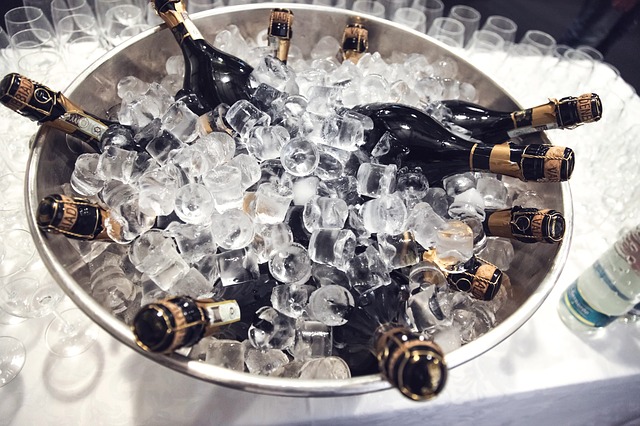
How long can you keep Cabernet Sauvignon after opening?
Cabernet Sauvignon is best consumed within two days of opening. As wine ages, it loses acidity and tannins. This process is known as oxidation and essentially makes it taste less like a fine Cabernet and more like vinegar (see Red Wine Vinegar).
When a bottle of wine opens, little sacs inside each cork called pores allow oxygen to be released into your precious beverage. If you don’t finish your bottle quickly enough, air enters through these pores which gradually degrades its quality over time.
To avoid wasting valuable money, we recommend drinking opened bottles within 48 hours for maximum freshness!
How can you tell if Cabernet Sauvignon is bad?
If you can see through it, it’s bad. If it smells like wet dog, throw it out. But these are obvious things, right? There are a few less apparent indicators that your wine is bad.
Some of them require glasses and an understanding of how wines age and which kind of changes indicate freshness (or lack thereof). With those in mind, here are some signs that you have an inferior vintage on your hands
Why Cabernet Sauvignon is so special?
With its roots in Bordeaux, a French wine-producing region of south west France, you may be surprised to learn that many of your favorite Cabernet Sauvignons are not grown there. Still, it’s true: California, Australia and Chile have long been known for producing excellent red wines, and one of their main varieties is indeed Cabernet Sauvignon.
This common variety originated in France around 1600. Today it is among the most popular red wine varietals worldwide.
It has an intriguing aroma that consists of cherry notes with black currant overtones and undertones that are slightly more tannic than Merlot and more fruit forward than Syrah.
At the END Of A Guide For Cabernet Sauvignon
Overall, wine is meant to be consumed and enjoyed by everyone who wishes to do so. With a little bit of knowledge you can find yourself enjoying a glass of high-quality wine without breaking your budget or sacrificing your sense of taste.
Once you’ve learned how to truly enjoy wine, start branching out and trying new varietals and blends. A good place to start might be with some low-cost bottles from South America or Portugal—these areas tend to offer some really solid wines at great prices.


